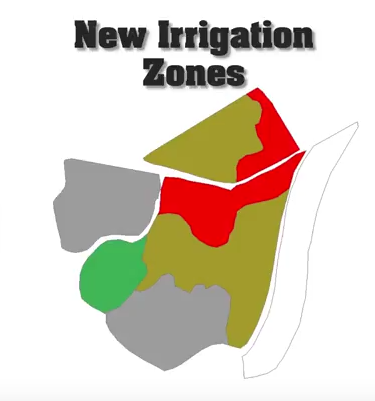
by Doug Mayo | Jan 26, 2018
This week’s featured video was produced by Alabama Extension to share the results of a successful project installing a variable rate center pivot irrigation system on a farm. They used a combination of advanced soil mapping and soil moisture sensors to develop...
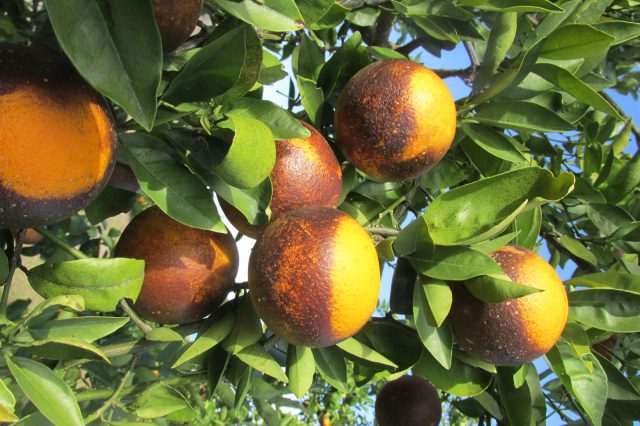
by Xavier Martini | Jan 5, 2018
Xavier Martini, Pete Andersen, UF/IFAS North Florida Research and Education Center In May 2017, Asian citrus psyllids (Diaphorina citri) were found in the experimental citrus grove at the Suwannee Valley Extension Center in Live Oak. The trees were quickly treated...
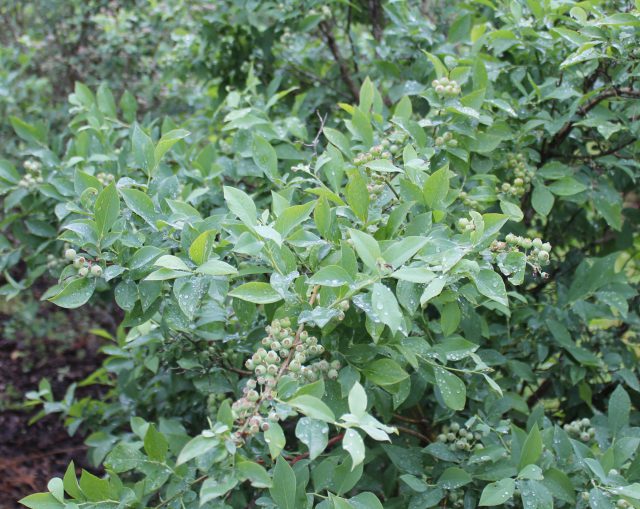
by Matthew Orwat | Dec 15, 2017
Every winter season in the Florida Panhandle is different. It can be wet or dry, frigid cold or unseasonably warm. We may have early frosts and early springs, or cold snaps in late march after fruit trees flower. Because of this variability, it is impossible to...
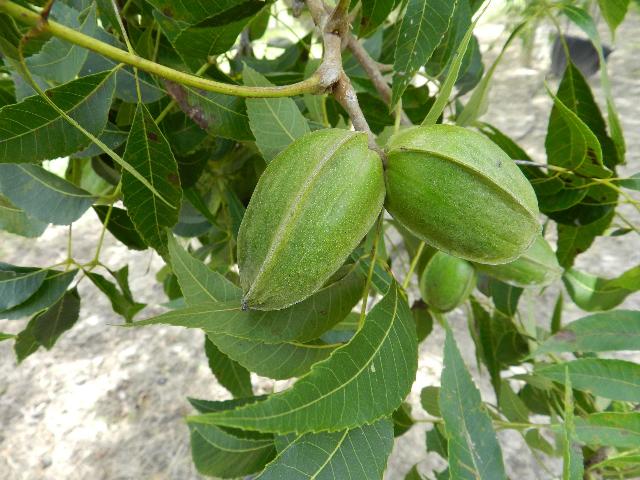
by Peter C. Andersen | Dec 1, 2017
The pecan (Carya illinoenensis, family Juglandaceae) is native to the Mississippi floodplain of North America. The pecan tree requires deep soils with an abundant supply of soil moisture. A large mature pecan tree can transpire 500-1,000 gallons of water per day. The...
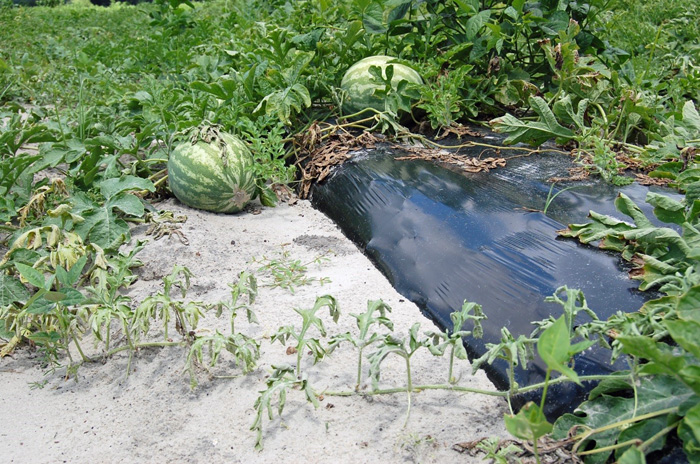
by Nicholas Dufault | Nov 17, 2017
Fusarium wilt is caused by the soil borne fungus Fusarium oxysporum, which continues to be a problem for many Florida watermelon producers. Management of this devastating disease requires an integrated approach that combines conventional and novel techniques. Site...

by Mathews Paret | Oct 20, 2017
Kamil Duman, Susannah Wright, Fanny Iriarte, Barron Riddle, Gary Knox and Mathews Paret, University of Florida – NFREC, Quincy, FL For rose nurseries, and commercial landscapers, each of the many rose diseases are as important as the others. Crown Gall,...







